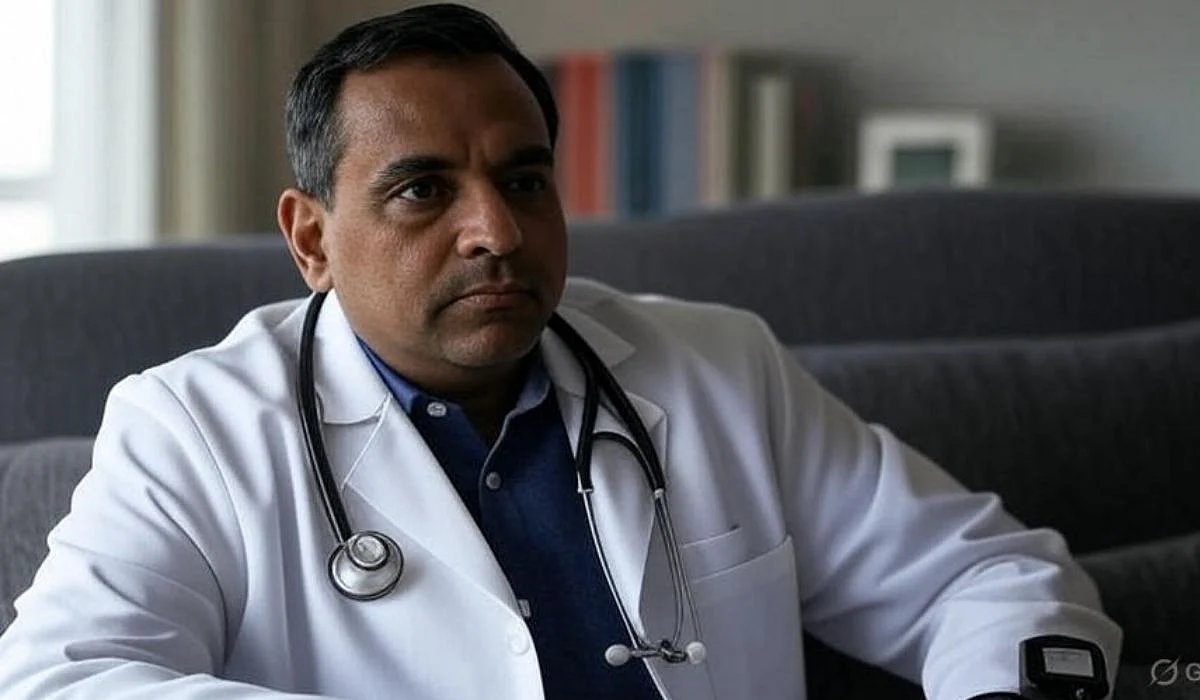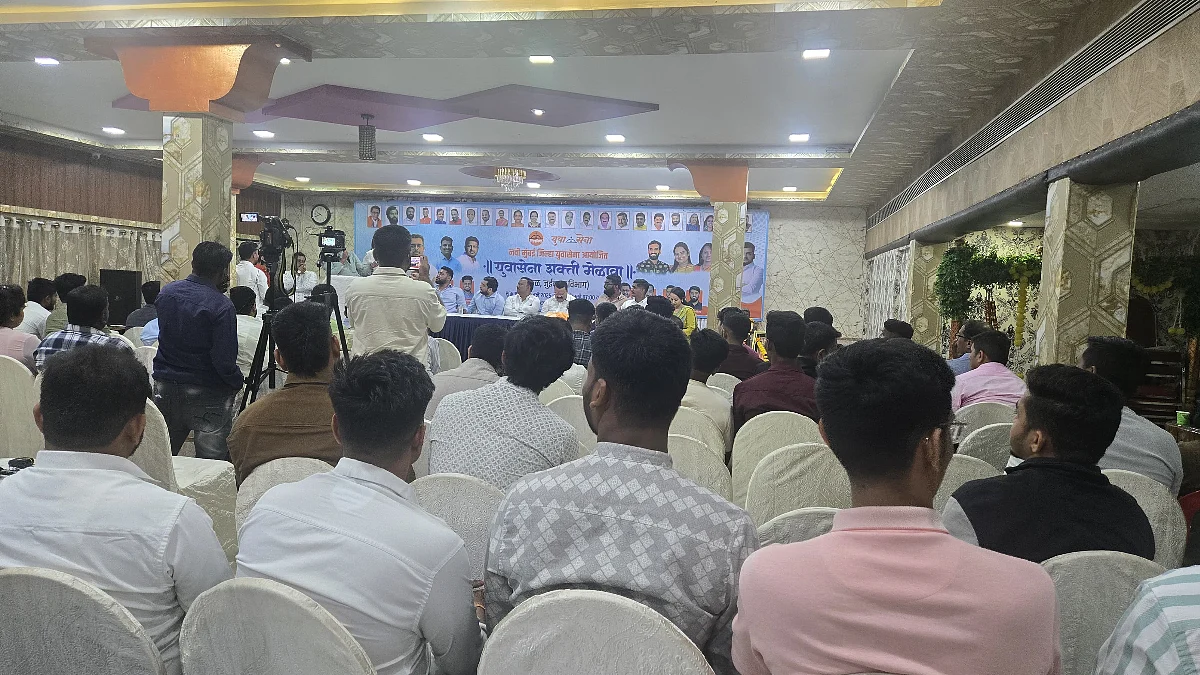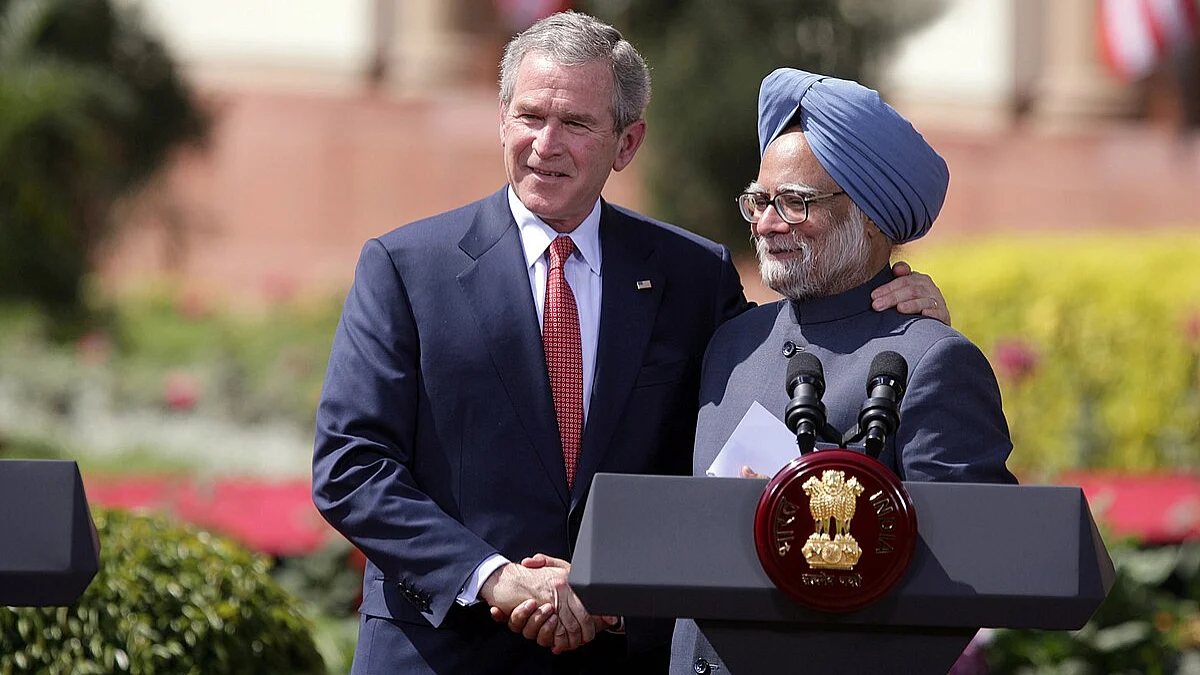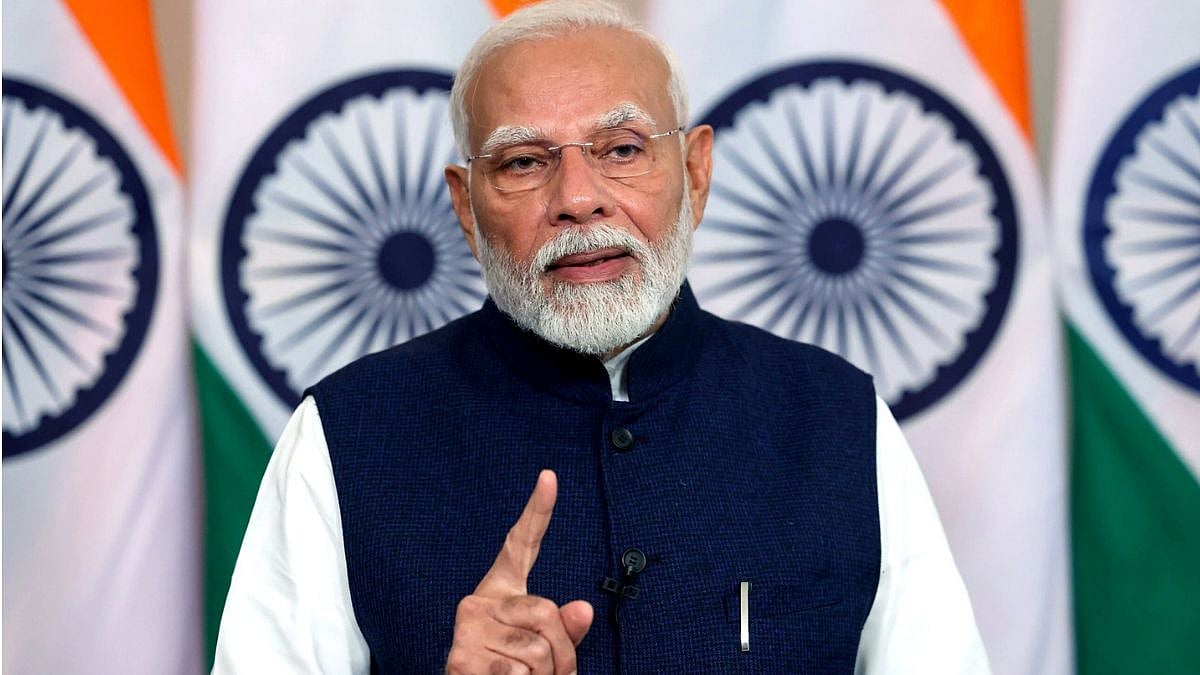At a reunion the other day, held in a little café in south Mumbai to suit most people in the group, one friend remarked casually, “Oh, for them living in Shivaji Park, even Mahim is out of the way, beyond the boondocks, as it were.” There was much mirth and facetiousness with the invariable conversation-ender from the 1970s-80s: these south Mumbai types need a passport to travel beyond Worli. The reference then was to the Regional Passport Office which used to be in the Worli-Prabhadevi area.
Those who live south of Shivaji Park, of course, believe that the iconic area is not worth their status and engagement; it’s got to be a Napean Sea Road-Malabar Hill or Churchgate-Marine Drive address. Those who lived in the suburbs but went to colleges in south Bombay, or worked in the central business districts there, would most certainly have been subjected to casual put-you-down terms such as “you burbies” and “do you have power where you live?” to cite only two. There was a superciliousness — faint condescension even — towards people who did not have appropriate south Bombay/Mumbai addresses.
This, however, seems to belong to the city’s past. As Mumbai transitioned from the manufacturing hub that it was for centuries, to the services engine in the post-liberalised decades, not only did the character of the city change but so did its economic spread and socio-cultural significance. South Mumbai is no longer the power centre that it used to be. The south of the city upto Shivaji Park may not have diminished in its importance or geographical stature, but other hubs of economic and social power in the suburbs have certainly come into their own.
The trend began decades ago but got new wind around 12-15 years ago. There are signs that it may have achieved critical mass now. There are many reflections and indications of this gradual but definite shift across the city’s topography. Among them, at least two of them merit a detailed look as lenses with which to see this shift: the movement of property prices in different areas of Mumbai, and rising (or falling) footfalls at certain key railway stations or bus routes.
It is useful, at this point, to recall a shift in the city’s history that precedes the colonial British rule. When Mumbai or Bombay or Bom Bahia — Portuguese for “the good bay” — was still seven islands, the power centres were far up north, those areas of today’s maps at which the south Mumbaikars turn up their noses. Bassein, or today’s Vasai, was where political and economic power rested; similarly, Thana, or today’s Thane. Historians and archaeologists who have spent years studying both these centres of power have dozens of stories of how today’s south Mumbai was looked down upon at that time, islands considered then as back of the beyond. It is fascinating and interesting to note how the cycle of time comes around a full circle, as it were.
To return to the present, areas such as Bandra and Juhu came into their own for a number of reasons in the colonial and immediate post-independence decades; Mahim did not make the grade even then, much to the lamenting friend’s disappointment. But the last 15 years or so have seen the development — or rise — of the suburbs such as Bandra-Kurla, Andheri on both western and eastern sides of the railway line which defines so much in the city, Goregaon, Malad and especially its commercial hub Mindspace, Ghatkopar and Mulund. This is not an exhaustive list, there may be more in varying degrees of development and importance. The point made here is simple: Mumbai is more than a handful of areas of pride in its southern part.
Take property prices as an indicator. It was, and continues to be, the solid indicator of the economic-socio-cultural trajectory in the city. In a recent report, a section of the media parsed how the prices in south Mumbai, once the favoured high-stakes destination, had either stagnated or actually declined in the 2013-23 decade while those in the western and central suburbs had increased. In fact, the real estate research and ratings firm Liases Foras underscored this trend with figures; while prices in south Mumbai locations were down by about 10% in the decade, prices in western and central suburbs had increased by 23% and 17% respectively.
From the information available, this appears to be weighted in favour of the high-end properties, and mostly residential. However, the trend is likely to hold for other classes of properties as well as commercial. Indeed, the post-Covid market for purchase and rentals of commercial space in south Mumbai and central Mumbai — old textile mills area which is now the hub of commerce and recreation — show a similar softening of prices and lease values too. Nariman Point and Fort, traditional business districts, are no longer the most sought-after addresses. What is equally interesting in the report is that the city’s peripheral areas — Navi Mumbai and Thane — have witnessed better appreciation in property prices in the past decade, showing well where people's power lies.
In studies, Thane, on the central railway line, emerged as the busiest station for the city’s suburban rail network, displacing the old favourites Churchgate and Chhatrapati Shivaji Maharaj Terminus (former Victoria Terminus) in south Mumbai as the railheads for vast millions of working Mumbaikars, and Dadar as the most convenient and connected change-over point for all commuters. The footfall or tickets sold at Andheri had surpassed those at Churchgate and Bandra years ago; Andheri, both its western and eastern sides, have witnessed exponential growth in the past decade.
Beyond these, the location of new cultural centres and recreational avenues, the sheer explosion of co-working spaces and café culture in the suburbs all point to the hardening of the trend that south Mumbai is no longer where the action is. Indeed, even the population spread confirmed this in the 2011 Census Survey; it is unfortunate that the 2021 Census, delayed due to the pandemic, is still hanging fire, because it would have painted a clearer picture of how Mumbai transitioned in the past decade and half to mean a lot more than merely its southern tip.
What does this imply? It calls for the planning agencies and urban planners to pay attention to where the money and people are headed or coalescing, and take note of what needs to be done there to ensure a more liveable experience for all classes of people in areas that have not attracted too much attention in the past. For example, the metro network is a late acknowledgement of this trend, connecting areas that were historically out of the city’s three railway corridors, but the last-mile connectivity from the metro to destinations is a challenge for lakhs of commuters of the three operational lines even today. Moreover, certain areas such as Govandi, Mankhurd and the M-East ward have remained outside the purview of even conversations about Mumbai’s development, deepening the infamous urban inequality in the city.
The areas once considered “too far” are virtually the city’s centre today, some of it a natural progression of our times and some engineered by the powerful land market that Mumbai is known for. This is a different trail of enquiry. But what’s clear now is that south Mumbai has been left behind by other areas in the economic as well as socio-cultural spheres, but this has not yet woken up the city’s or state administration as much as it should have. How about having the next conference on urban development in Goregaon?
Smruti Koppikar, journalist and urban chronicler, writes extensively on cities, development, gender, and the media. She is also the Founder Editor of ‘Question of Cities’










